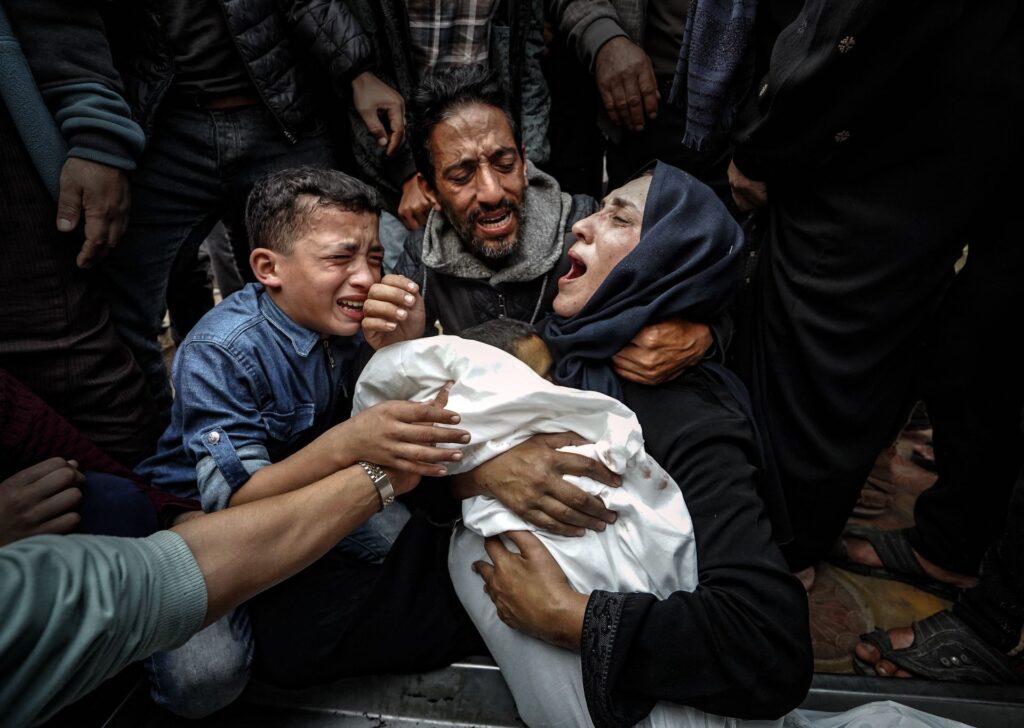The United Nations Relief and Works Agency for Palestine Refugees (UNRWA) said that no child should die in the 21st century due to lack of basic needs such as blankets, warm clothes or shoes. The agency noted that children in Gaza face catastrophic humanitarian conditions due to extreme cold and the lack of basic necessities for life.
A statement issued by UNRWA said: “Imagine going through this situation as a father or mother, watching your child die before your eyes due to the cold. This should not happen in the 21st century. For a child to die just because he needs a blanket, warm clothes, or shoes is something… “Tragic and unacceptable.”
These statements come in light of the deteriorating humanitarian conditions in the Gaza Strip as a result of the siege and military escalation, which exacerbates the suffering of children and families in light of the lack of basic resources, with warnings of an unprecedented humanitarian catastrophe if the current conditions continue.
Last Sunday, UNRWA announced an increase in the number of child deaths in the Gaza Strip as a result of the extreme cold and lack of shelter, as the number reached 7 children since the beginning of the Israeli aggression and its stifling siege on the Strip. The agency indicated in its statement that the cold weather and lack of suitable shelter for children lead to the death of many newborns in the Gaza Strip.
UNRWA explained that 7,700 newborn babies in Gaza lack life-saving medical care in light of the deteriorating humanitarian situation, which reflects the seriousness of the situation and the need for urgent action to provide the basic humanitarian needs of those affected.
Human suffering continues in Gaza as a result of the military escalation and the ongoing siege, as the genocidal war on the Gaza Strip left more than 154,000 Palestinian martyrs and wounded, most of them children and women, in one of the worst humanitarian disasters in modern history. The number of missing people also rose to more than 11,000 people, amid massive destruction of the sector’s infrastructure and vital facilities.


